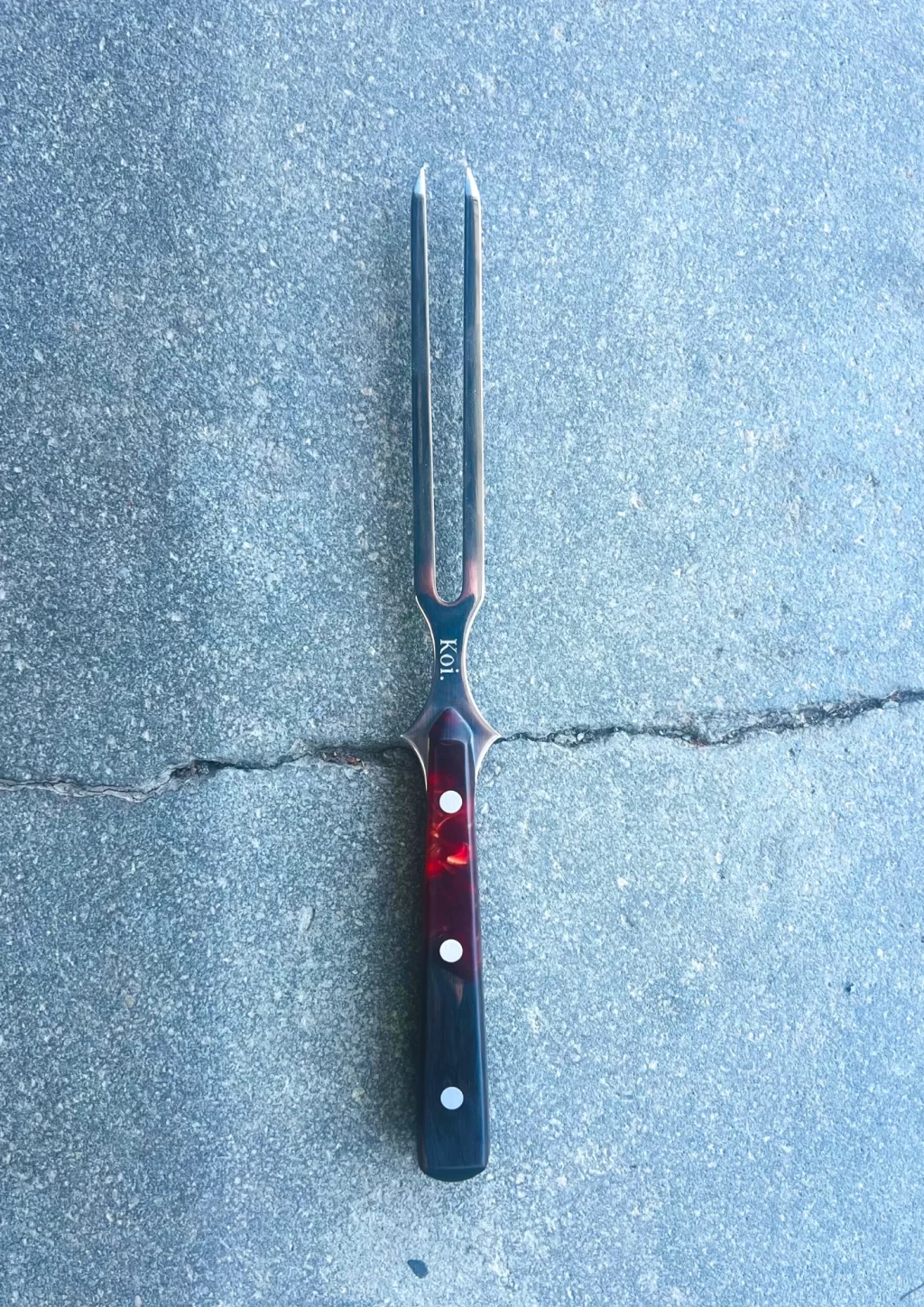Steak Knives – Ensuring Our Cultural Feasting Remains Something To Cherish!

A steak knife set in Australia holds a unique place in our culinary traditions, embodying not just a functional role but also a cultural significance that elevates dining experiences into cherished memories. These finely crafted tools are essential for savouring meat dishes, enabling us to enjoy the intricate flavours and textures of a perfectly cooked steak. However, their importance extends beyond mere utility. Steak knives symbolise the richness of communal dining and the traditions that bring us together around the table.
The Evolution of Steak Knives
The history of steak knives is intertwined with the evolution of culinary practices and dining etiquette. Early iterations of these knives were simple tools, primarily designed for functionality. Over time, as culinary arts advanced and dining became more of a social event, steak knives evolved to reflect sophistication and elegance. Today, they are not just cutting instruments but are also regarded as pieces of art, often meticulously designed and crafted to enhance the dining experience.
Craftsmanship and Design
A good steak knife is defined by its craftsmanship and design. The blade, usually made of high-carbon stainless steel, must be sharp and durable, capable of slicing through the toughest cuts of meat with ease. The handle, often crafted from materials like wood, bone, or synthetic composites, should provide a comfortable grip while complementing the aesthetic of the dining setting.
The design of a steak knife can vary significantly. Some feature serrated blades, which are excellent for maintaining their sharpness over extended use, while others have straight edges that allow for cleaner cuts. The choice between these designs often comes down to personal preference and the type of meat being served.
The Ritual of Dining
Steak knives contribute significantly to the ritual of dining, particularly in cultures where meals are a time for family and friends to gather and celebrate. The act of cutting into a well-prepared steak with a high-quality knife is a sensory experience that engages sight, touch, and taste. The smooth glide of the blade through the meat, the aroma that escapes as the cut is made, and the sight of the juicy, tender interior all contribute to a meal that is savoured and remembered.
In many cultures, the presentation of steak knives at the table signifies the importance of the meal. It is a mark of respect for the food being served and for the guests who partake in the feast. This tradition of using specialised knives elevates the dining experience, making it more than just a necessity but a celebration of culinary artistry and communal bonds.
Sustainability and Longevity
In an era where sustainability is becoming increasingly important, investing in high-quality steak knives aligns with the principles of longevity and responsible consumption. A well-made steak knife can last a lifetime, reducing the need for frequent replacements and minimising waste. Brands that emphasise sustainability often use environmentally friendly materials and production methods, ensuring that their products are not only excellent tools but also conscious choices for the planet.
Preserving Traditions
Steak knives are more than just utensils; they are keepers of tradition. They remind us of the joy of shared meals and the importance of taking the time to appreciate good food and good company. In a fast-paced world where meals are often rushed and solitary, the use of steak knives encourages us to slow down and savour the moment.
The cultural significance of steak knives is also evident in their role as heirlooms. Passed down through generations, these knives carry with them stories and memories of family gatherings, holiday feasts, and special occasions. They are tangible links to our past, preserving the essence of our culinary heritage.
Summing up, the right steak knife set in Australia plays a vital role in our cultural feasting, ensuring that dining remains an experience to be cherished.



